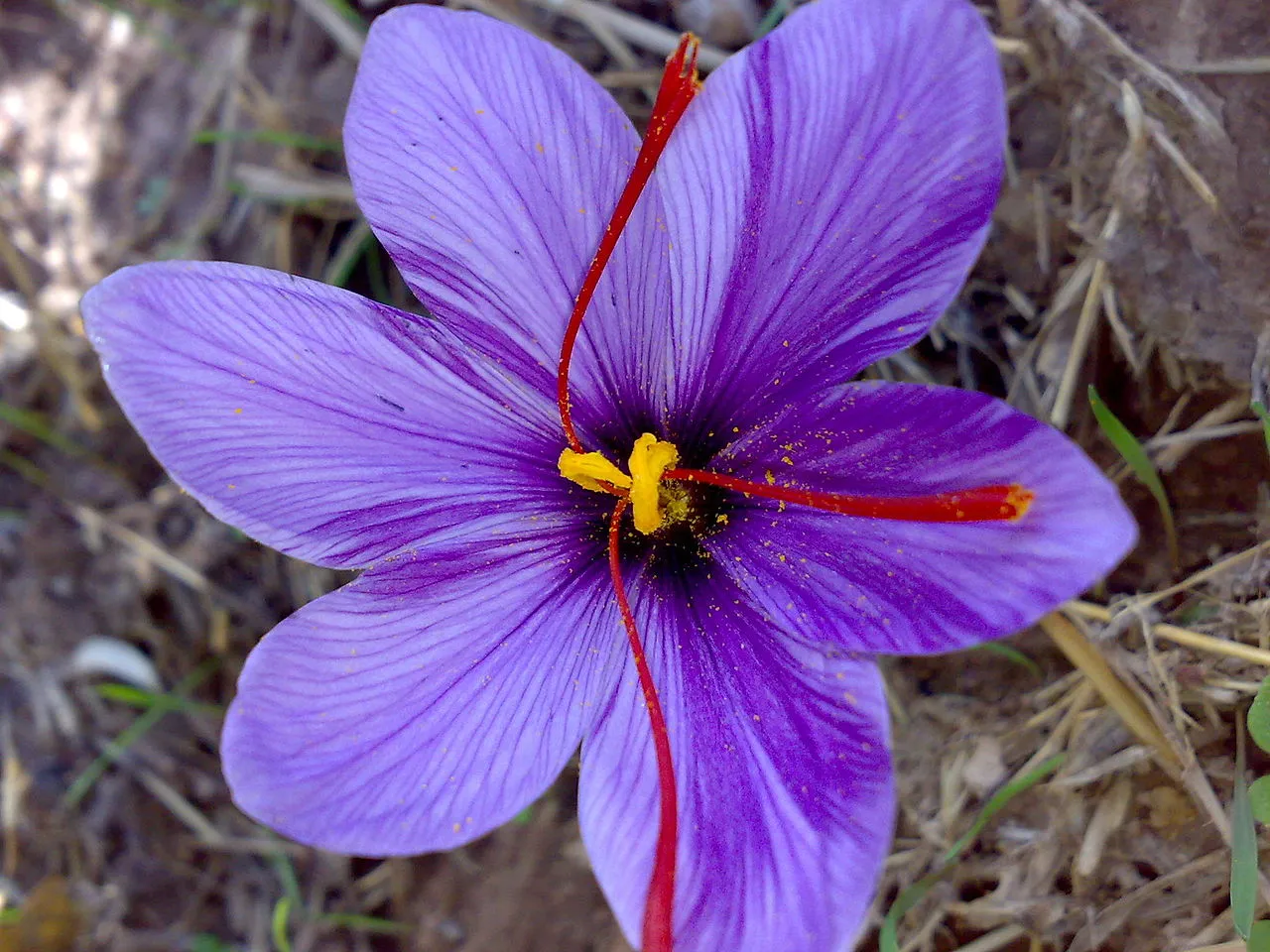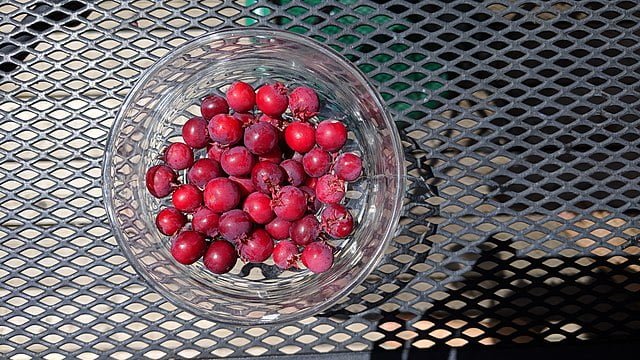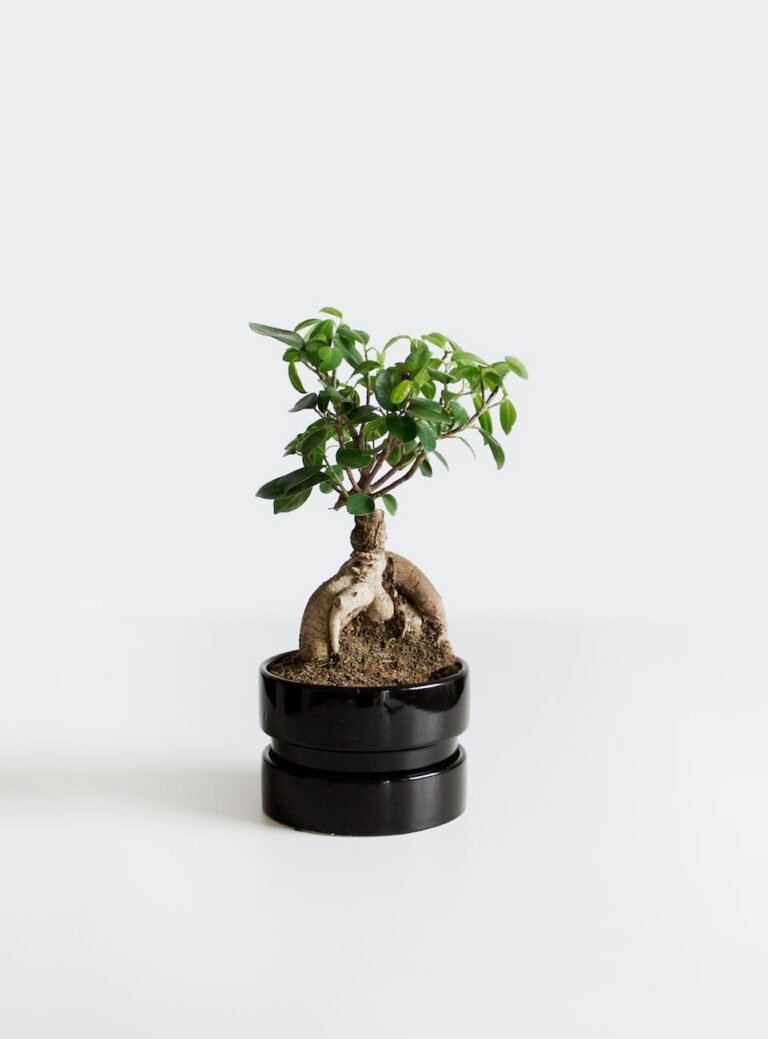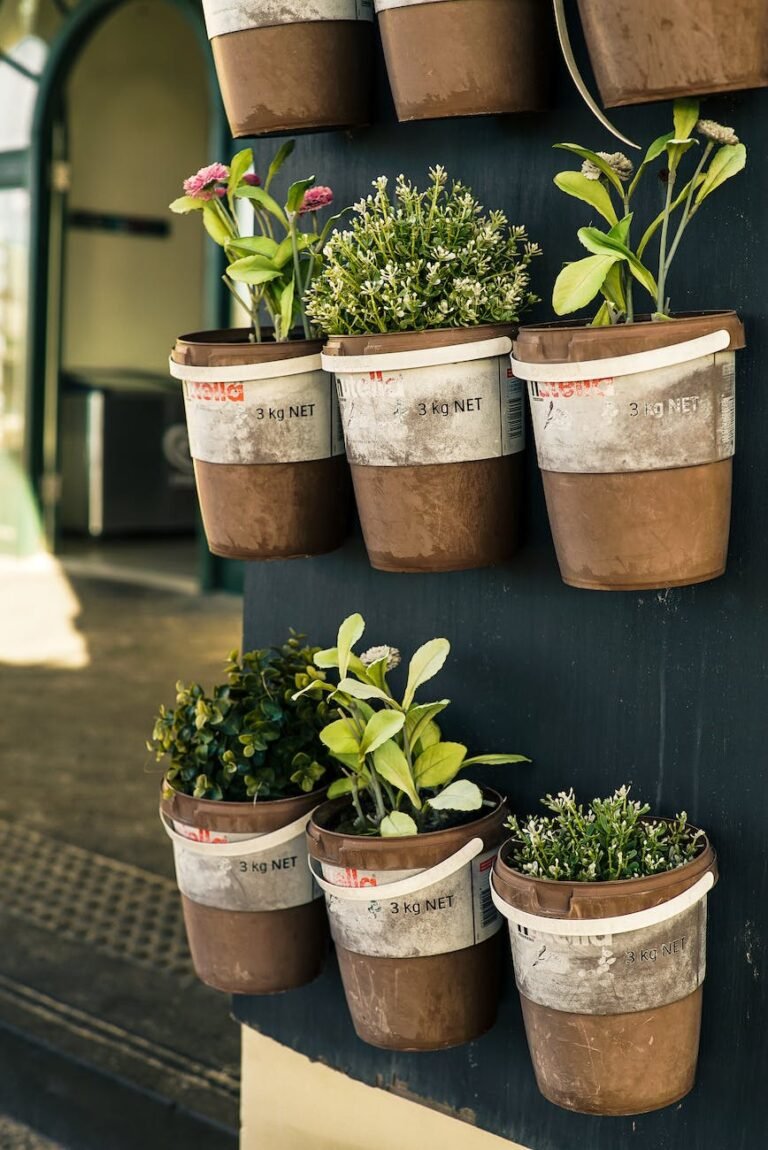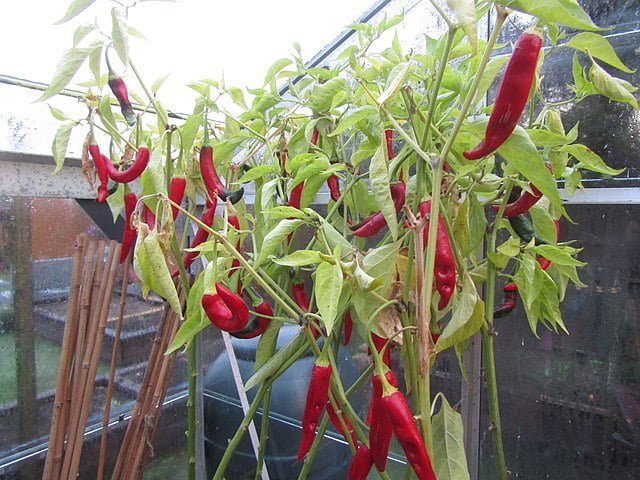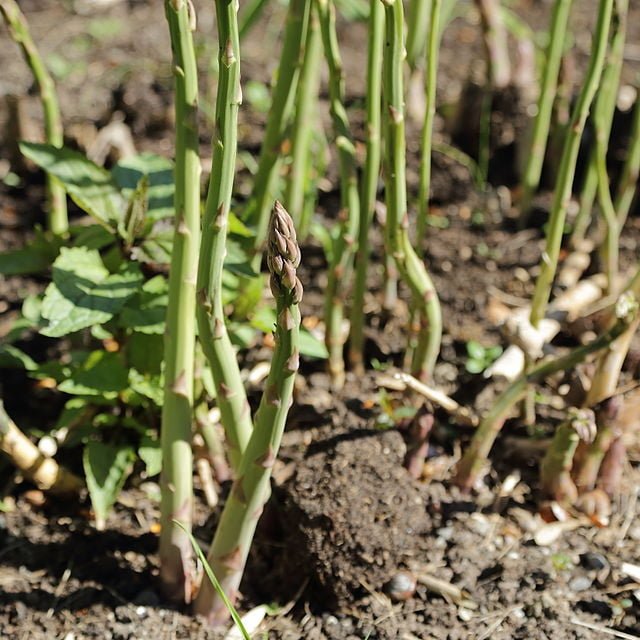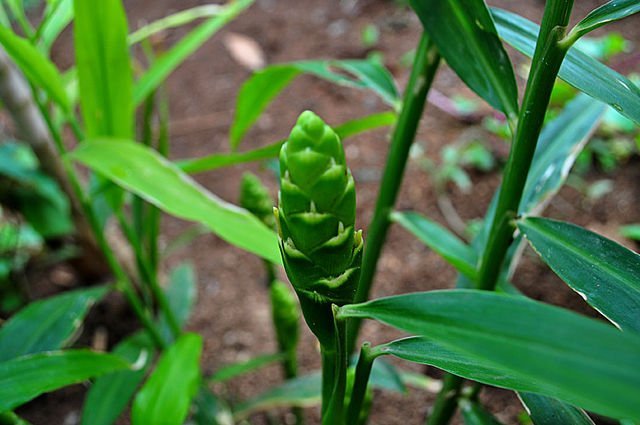Cultivating Saffron: A Guide to Growing the World’s Most Precious Spice
Saffron, revered for its unique flavour, aroma, and colour, comes from the stigmas of the saffron crocus flower. A small quantity of saffron can transform an entire dish, making it a sought-after spice in kitchens around the globe. Though it’s famously expensive, growing your own saffron can be quite straightforward and immensely satisfying. Here’s how to start your saffron journey.
Why Grow Saffron?
Beyond its culinary uses, saffron offers a range of health benefits, including mood enhancement and potential antioxidant properties. Growing saffron at home provides a fresh, potent supply of this spice, free from adulteration, which is common in commercially available saffron. Plus, the saffron crocus adds stunning purple hues to your autumn garden.
Selecting Saffron Crocus Bulbs
The key to successful saffron cultivation lies in obtaining high-quality Crocus sativus bulbs. Look for bulbs (corms) from reputable garden centers or specialty suppliers. The larger the corm, the more likely it will produce flowers in its first growing season.
Planting Saffron Crocus
- Timing: Plant saffron crocus bulbs in late summer to early fall. They bloom in autumn, typically in October or November, depending on your climate.
- Soil and Site: Choose a well-draining spot with full sun. Saffron crocuses thrive in a sandy or loamy soil with a neutral pH. Good drainage is crucial to prevent rot.
- Planting Depth and Spacing: Plant bulbs about 3-4 inches deep and 4-6 inches apart. Planting in clusters can create a more visually impactful display.
Caring for Saffron Crocus
- Watering: Water the bulbs lightly at planting. Once established, saffron crocus requires little water, relying mostly on natural rainfall. Overwatering can lead to bulb rot.
- Feeding: Apply a low-nitrogen, high-potassium fertilizer after blooming to help corm development for the next year.
- Overwintering: In regions with severe winters, mulch over the planting site to protect the corms from extreme cold.
Harvesting Saffron
- Timing: Harvest saffron as soon as the flowers open, typically in the morning when the flowers are still fresh. The vibrant red stigmas (saffron threads) are the spice, and each flower will only produce three stigmas.
- Process: Carefully pluck the stigmas from the center of the flower using tweezers. Dry the stigmas thoroughly by placing them on a paper towel under a warm, airy spot away from direct sunlight.
Storing Saffron
Once dried, store the saffron threads in an airtight container in a cool, dark place. Properly dried and stored saffron can maintain its quality for several years.
Culinary Uses
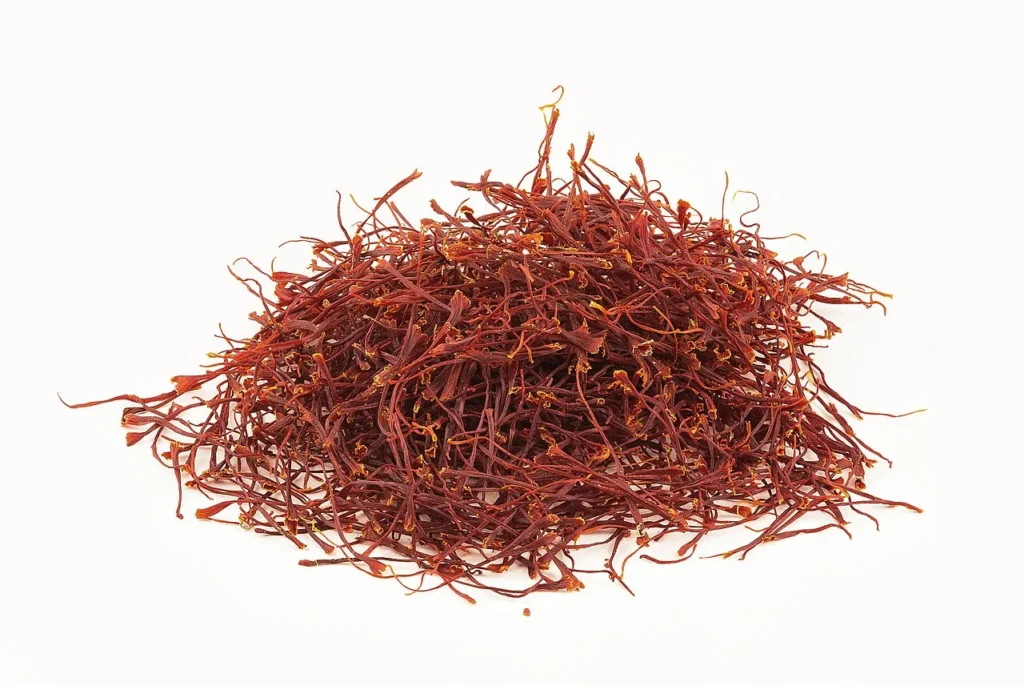
Saffron is famously used in dishes like Spanish paella, Italian risotto alla milanese, and Persian rice dishes. It’s also a wonderful addition to soups, stews, and baked goods, offering a distinctive aroma and flavour.
Final Thoughts
Growing saffron is a testament to patience and care, rewarding gardeners with the world’s most coveted spice right from their backyard. While it requires specific conditions and attention, the joy of harvesting your own saffron is unparalleled, enriching both your garden and your culinary creations.

